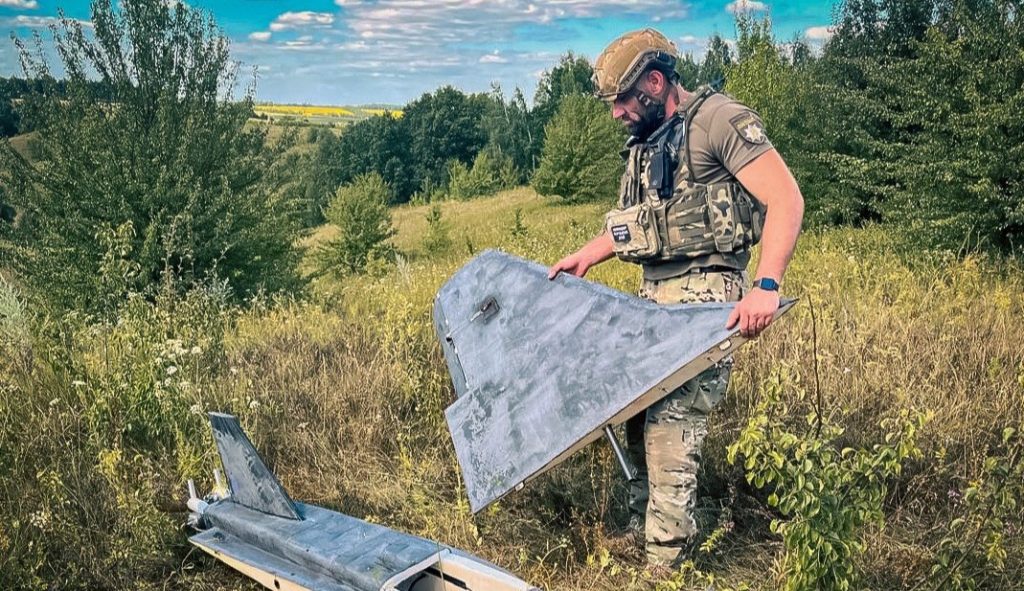Several waves of explosions were heard throughout the night.
Others are reading now
In the early hours of Nov. 3, Russia launched an extensive drone strike on Ukraine’s capital, Kyiv, with the assault lasting over five hours, according to city officials.
Waves of Explosions
Several waves of explosions were heard throughout the night as Ukraine’s air defenses intercepted and downed all drones targeting the capital, reported Serhii Popko, head of the Kyiv City Military Administration, according to Kiev Independent.
Debris from the intercepted drones fell across multiple districts, including Holosiivskyi and Desnianskyi, causing fires in open areas.
Fortunately, firefighting teams quickly contained the blazes, and no casualties were reported.
Also read
However, in Kyiv’s Shevchenkivskyi district, drone debris caused notable infrastructure damage, including road surfaces, a lighting pole, and electrical utility wires.
The blast waves shattered windows on the first and second floors of a dormitory, an adjacent university building, and damaged windows up to the ninth floor of a nearby office building.
Iranian Drones Against U.S. Supplied Air Missiles
Russia has been using various Iranian-made Shahed drones—particularly the Shahed-136 and Shahed-131 models — in these recurring attacks on Ukrainian cities.
The Shahed-136, a low-cost, loitering munition, is designed to “kamikaze” into targets, making it challenging to intercept and capable of causing significant destruction.
The drones have an estimated range of up to 1,500 miles, allowing them to reach deep into Ukrainian territory. Powered by small engines that make a distinctive buzzing noise, the Shahed-136 carries an explosive payload of around 40 kilograms, capable of damaging infrastructure and civilian buildings.
Kyiv’s air defense systems, primarily U.S.-supplied NASAMS (National Advanced Surface-to-Air Missile Systems) and German-made Gepard anti-aircraft guns, have been effective in countering these drone threats.
NASAMS, designed to intercept short- to medium-range threats, has proven valuable in urban defense, particularly against slower, lower-flying drones like the Shahed series.
Radar-guided Gepard systems also enhance Kyiv’s defense capabilities by targeting drones that evade other defenses, offering a layered response to Russia’s ongoing aerial assault.


